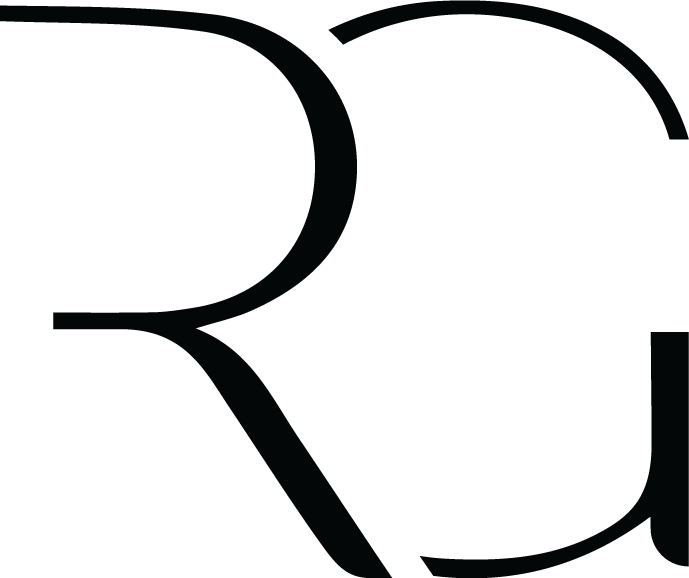A revision facelift, often sought by individuals not satisfied with the results of their initial facelift surgery, is a complex procedure that corrects or improves upon the outcomes of the original procedure. It’s an extremely delicate procedure that must be performed by highly skilled, trained, and experienced facelift experts like Dr. Robert Guida. The goal is to restore optimal aesthetic and functional results, promoting a harmonious appearance.
Why You Need Facelift
Experts Like Dr. Guida
Revision facelifts are inherently more complex than primary facelifts due to the altered anatomy. The presence of scar tissue, changes in skin elasticity, and the redistribution of facial tissues can pose significant challenges. These factors require the surgeon to navigate through less predictable tissue planes, making it harder to achieve the desired results. The surgeon must carefully assess and correct irregularities while ensuring the integrity of the facial structures.
Dr. Guida’s extensive training and over 30 years of experience as a facial plastic surgeon uniquely position him as a specialist in revision facelifts. As a double board-certified facial plastic surgeon, he is uniquely qualified to address your aesthetic concerns and restore natural-looking, harmonious results. He carefully examines your facial skin, analyzes the results of the previous surgery, and curates personalized surgical plans to restore optimal facial harmony.

Revision Facelifts, Explained
A revision facelift is tailored to address specific issues that arose from a primary facelift or changes that have occurred since then. The procedure begins with thoroughly assessing the facial structure, scar tissue, and skin condition. Dr. Guida strategically plans the surgery to correct asymmetries, reduce visible scarring, and restore a more natural appearance. This may involve repositioning tissues, removing or redistributing excess skin, and sometimes using additional techniques like fat grafting or laser treatments for a more refined result.
Possible Reasons for
Revision Facelift:
- Unsatisfactory results from the primary facelift
- Development of new signs of aging after the primary surgery
- Asymmetry in facial features
- Excessive scarring or poor scar healing
- Loss of natural facial expressions or overly tightened skin
- Complications from the initial surgery, such as nerve damage
- Uneven skin tone or texture post-surgery
- Desire further enhancements or adjustments
- Changes in aesthetic preferences over time
- Persistent jowls, sagging skin, or other unresolved aging signs
The Recovery Process
After your revision facelift surgery, you can expect some swelling, bruising, and discomfort, which are normal parts of the healing process. Dr. Guida will provide specific post-operative instructions, including how to care for your incisions, medications to take for pain and to reduce the risk of infection, and guidelines on resting and sleeping positions. It’s important to follow these instructions carefully to ensure optimal healing.
As you recover, you must allow your body the time it needs. Avoid strenuous activities and follow your surgeon’s advice regarding returning to your normal routine. Gradually, the swelling and bruising will subside, and you’ll begin to see the results of your surgery. Attend regular follow-up appointments with your surgeon to monitor your progress and address concerns. The final results of your procedure should become evident over 6 months.
Revision Facelift Aftercare Guidelines:
- Follow your surgeon’s post-operative instructions meticulously.
- Rest and avoid strenuous activities for the recommended period.
- Apply cold compresses to reduce swelling and bruising.
- Take prescribed medications to manage pain and prevent infection.
- Keep your head elevated, even during sleep, to minimize swelling.
- Attend all follow-up appointments for proper monitoring and care.
- Protect your skin from sun exposure to aid healing and reduce scarring.
- Stay hydrated and maintain a healthy diet to support recovery.
- Avoid smoking and alcohol consumption as they can hinder the healing process.
- Gently cleanse the incision area as directed, avoiding harsh rubbing or pulling.

Revision Facelift FAQs
How long should I wait before considering a revision facelift?
Generally, it’s advisable to wait at least a year after your initial surgery to allow complete healing and to see the full results before considering a revision.
Will a revision facelift leave more scarring?
While there’s always a risk of scarring with any surgery, skilled surgeons like Dr. Guida minimize this by using existing scars or strategically placing new incisions along the creases of your skin, along the hairline, or behind the ears.
Is the recovery time longer for a revision facelift?
Recovery time may be similar to or slightly longer than a primary facelift, depending on the extent of the revision needed.
Can a revision facelift correct asymmetry from a previous surgery?
Yes, one of the main goals of a revision facelift is to correct asymmetries and improve overall facial balance.

Consult Dr. Guida,
Board-Certified Facelift Specialist
Dr. Robert Guida is a double board-certified facial plastic and reconstructive surgeon with over 30 years of experience in the field. He has a flawless, sterling reputation, evidenced by a multigenerational clientele acquired primarily through word of mouth. He has also completed 10 years of full-time academic medicine at Weill Cornell Medical College, making him an incredibly skilled facelift expert. Schedule a consultation to explore your facelift options.